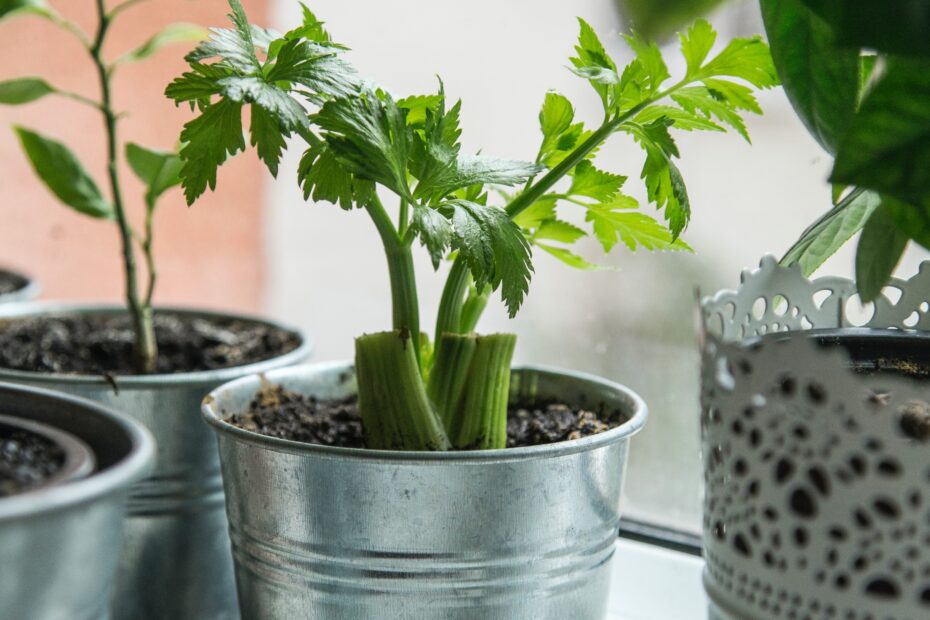Abstract: Cultivated for the crispy petioles and round, fleshy, and flavored hypocotyl celery and celeriac have over two centuries of breeding history in Europe. In this review paper we summarized the most recent advances touching when necessary the historical context of celery and celeriac breeding. In the post genomic era of research, the genome sequence of celery is only partially available. We comprised however in this paper the most important aspects of celery genetics that are available today and have applicability in celery modern cultivars development. We discussed the problems and traits that drive the main celery and celeriac breeding goals, like hybrid seed production, disease resistance, and interesting enlarged hypocotyl and petiole characteristics. Besides the classical breeding traits we covered the potential of integration of existing cultivars as sources for consumer oriented traits like nutraceuticals and health promoting substances. Sustainability is a subject that is continuously growing in popularity and we looked at the genetic base of celery and celeriac that makes them sources for abiotic stress resistance and candidates for phytoremediation. We explored the fundamental concepts gained in various fields of celery and related species research, as resources for future improvement of celery and celeriac germplasm. We forecast what the next years will bring to Apium breeding.
Silvia Bruznican1,2, Hervé De Clercq1, Tom Eeckhaut1, Johan Van Huylenbroeck1 and Danny Geelen2
1Plant Sciences Unit, Flanders Research Institute for Agriculture, Fisheries and Food (ILVO), Melle, Belgium
2Department of Plant Production, Ghent University, Ghent, Belgium
